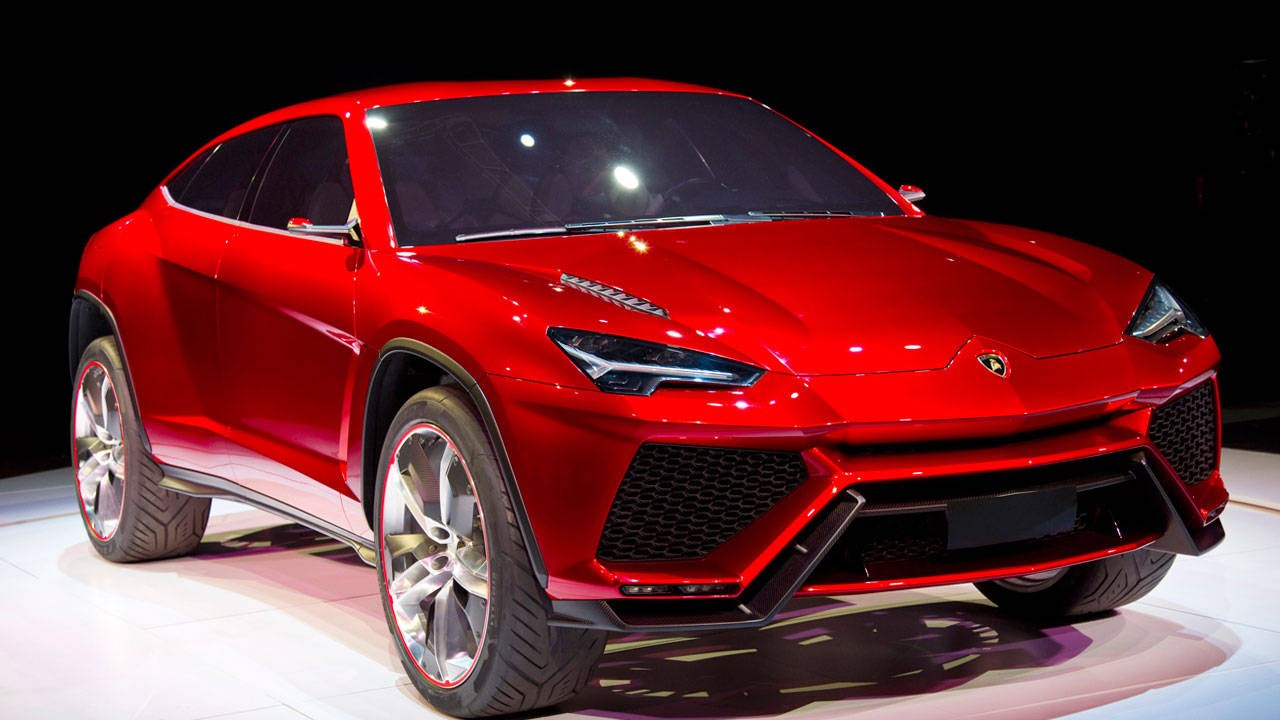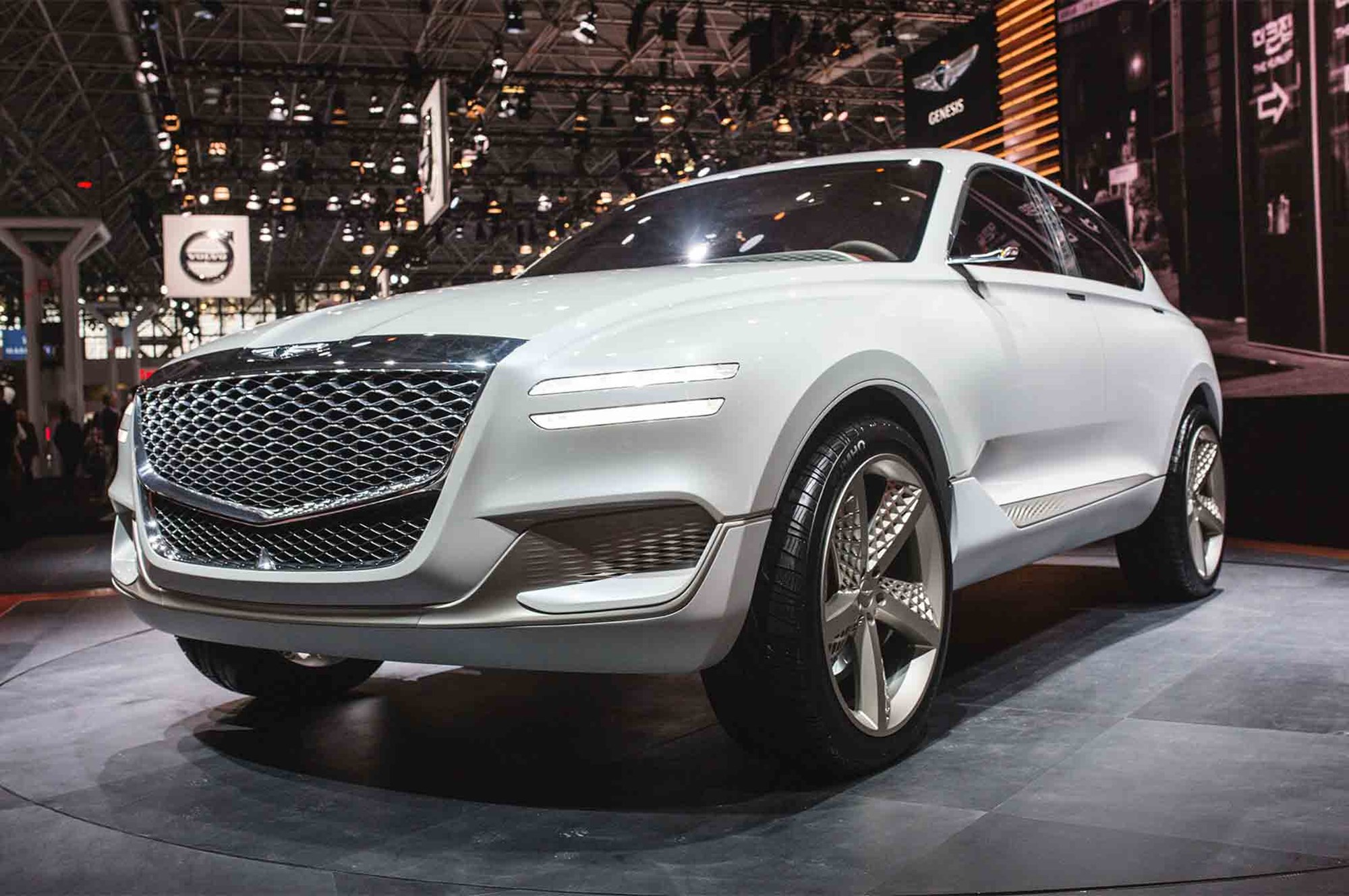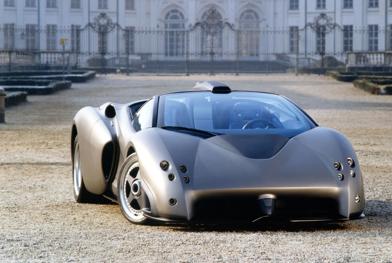Tinier and tinier Volkswagens with faster and faster engines? Sounds like a great recipe to us.
At this year’s Worthersee Festival in Austria, Volkswagen unveiled a GTI version of its miniscule Up city car.
If several words in that sentence mean absolutely nothing to you, let us explain.
The Worthersee Festival has established itself as the pre-eminent hero worship gathering for anyone with a Volkswagen habit.
So much so that Volkswagen itself embraces the event and — as we have seen here — will even contemplate launching a new model to rabid fans. It’s a bit like Jamie Oliver making cocktails at a hen’s night.
Oh, and the Up? It’s a tiny city car that the New Zealand distributor looked at for five minutes but decided would be
too expensive to sell here, especially given that the local Volkswagen arm had made such strident efforts to bring the price of the entry-level Polo down to Suzuki Swift money.
The new Up GTI’s power output may not sound particularly lively for something sporting a GTI badge (85kW), but thanks to impressive svelteness (997kg), the car’s three-cylinder 1.0-litre engine is apparently utterly thrashable.
Volkswagen itself is keen to see the Up GTI thought of as a modern-day reincarnation of the original 1976 Golf GTI, which sported 110 horses (82kW) and weighed 187kg less than this example.
The Up’s ride height has been dropped and a spoiler fitted for its GTI incarnation, but other than those mods, most of the GTI-ness is down to cosmetic additions.
There’s a red stripe beneath the honeycomb radiator grille, black door mirrors and special 17-inch alloys. The seats are trimmed in tartan, natch.
It will be available in a choice of red, white, silver and black — as well as a new shade of blue, bespoke for the GTI.
Price? Yet to be confirmed, but sources suggest a sub-£15,000 ($27,000) sticker. In the UK, a conventional Up can be had for as little as £9000 ($16,000).
New Lambos will double world production

Meanwhile, in Lamborghini Urus news… Photo / Supplied
You thought those rumours about a Lamborghini SUV would eventually go away. Or at least remain an excitable designer’s car show-orientated fever dream.
Nope. The awkwardly-monikered Urus SUV not only remains real, it is also imminent.
And when it comes to discussing forthcoming Lambos, an announcement on expected power output is always worth a look.
The Italian firm’s chief medallion and cigar specialist, Stefano Domenicali, has announced to media that the Urus (which should be available by this time next year) will initially be available with a twin-turbo V8 producing 485kW. That’s more power than the Huracan coupe, incidentally.
The engine won’t be a donor powerplant from within the Volkswagen Group however, insists Domenicali.
Whereas the Urus will feature the same modular chassis that underpins the Porsche Cayenne, Audi SQ7 and Bentley Bentayga, the engine will be an in-house Lamborghini development.
Following the V8, a plug-in hybrid version (but of course) will follow in 2019.
Taken together, it is anticipated the Urus will make Lamborghinis as common as muck. Well, not quite; but the Italian supercar manufacturer’s global production will double as a result.
Oh, and if you want to successfully drag off an Urus at the lights next year, keep your hand on your wallet until the Jeep Grand Cherokee Trackhawk arrives; a ’Murican monster that will boast a colossal 527kW.
Out of interest, the top Porsche Cayenne Turbo S offers “only” 419kW of peak power.
Will the last person to drive please .. .

Headlights? Unnecessary, says Genesis designer. Photo / Supplied
Remember the horsepower race? Where car companies (mainly German ones) seemed in unceasing lockstep to produce the most powerful engines possible?
Sometime during the past five years, that battle seems to have evolved into a headlight race, whereby the same manufacturers seem hellbent on outdoing each other with regard to the distance their fancy headlights will see.
Laser-pointing, auto-dimming, LED-bright see-around-corners tech has become all the rage in the realm of passive safety.
But now one designer has suggested it’s all for nothing; soon headlights will be all but extinct.
Luc Donckerwolke, head scribbler at Hyundai’s luxury offshoot Genesis told Australian media that, thanks to ever-increasing autonomous operational certainty, headlights will become redundant.
Donckerwolke says that night and day becomes irrelevant to an autonomous vehicle, meaning there will be no need to illuminate the road ahead in the small hours.
“Lights are technological elements which have function. That function will disappear in the future because when you have an autonomous car you don’t need light anymore,” he told media outlet motoring.com.au.
“You will have scanners, lasers and you will have radars, but you won’t need lights any more apart from, let’s say, the decorative lights to show identity.”
That’s all good from a machine point-of-view, but what about the Man component?




